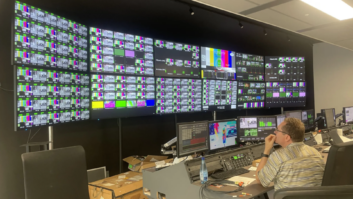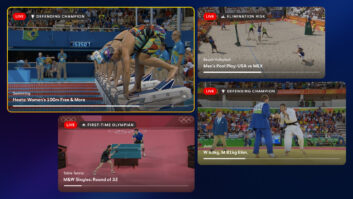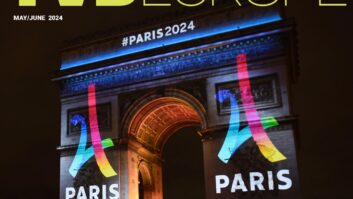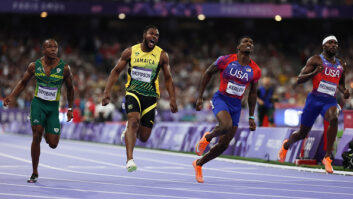The Digital Television Group (DTG) has released its latest report on live sports streaming performance.
Analysing device performance, latency and accessibility across Wimbledon, the Paris 2024 Olympic Games and the Paris 2024 Paralympic Games, the DTG found IP-delivered live sports content has made “significant progress” in comparison with 2023. There were, however, some disparities, with the report suggesting some devices were still experiencing delays.

Key findings included a significant improvement in average latency for the BBC iPlayer at 40 seconds against last year’s Coronation coverage (55.9 second), a drop of 15.9 seconds.
Sky Glass demonstrated the lowest latency among IP streaming platforms, with the research finding it led across all three events. However, some inconsistencies were indicated, with premium brand Smart TVs showing some of the highest delays.
Monitoring was conducted with a webpage giving the current time, accurate to milliseconds, which enabled precise calculation of measurements. A GoPro camera captured the entire testing environment in a single frame, enabling simultaneous observation of all devices. Three separate 15-minute events were captured at various intervals throughout the events, each recorded at a resolution of 3840×2180 and a frame rate of 100fps.
Video files were imported into Avidemux video editing software and reference points selected to ensure consistency of identification across all screens. The time at which the reference point appeared on the first screen was logged and the video advanced frame-by-frame until the reference point appeared on the next screen. The corresponding time was noted and the process repeated across all remaining screens. Once all times were captured, each device’s delay was calculated by averaging the time differentials between the delivery closest to live (DVB-S2 Freesat) and the recorded time on each screen, providing a representative average of the latency relative to the closest live presentation.
Ranjeet Kaur, programme director at DTG, commented,”This analysis underscores the progress we’re seeing in reducing latency for live sports streaming, bringing the viewer experience closer in line with traditional broadcast standards.While our findings show clear improvements, particularly with platforms like Sky Glass and console-based streaming, there’s still work to be done to ensure consistent performance across all devices and services. With the growing demand for seamless, real-time access to live events, the industry must continue to focus on reducing delays and enhancing accessibility features.”
The full report is available to download here.







